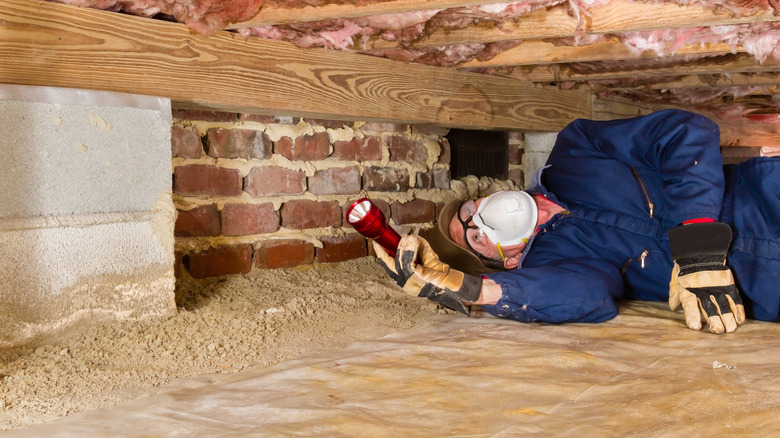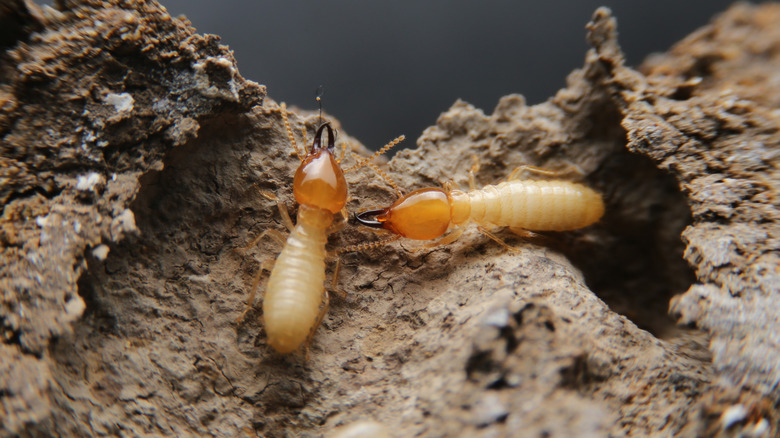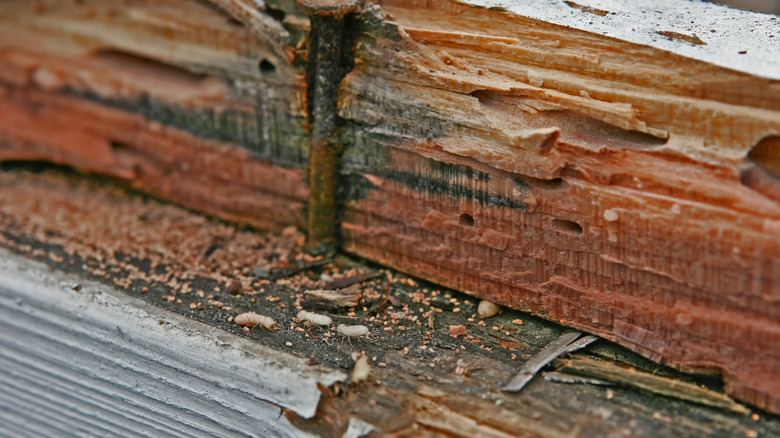Signs That It's Time To Call In A Professional For Termites
As a homeowner, one of the scariest things you can see is several little bugs swarming around your house's foundation that you suspect could be termites. What are some signs you could have these destructive pests, and how do you know it's time to call in a professional? Outdoors, if you see mud tubes rising from the ground along your foundation or discarded wings near cracks in the foundation, you might have termites. Indoors, bubbling paint and wallpaper that don't have an obvious explanation could indicate the presence of destructive pests like termites. Hearing clicking sounds inside the walls could be another indication of these bugs.
Another clear sign that it's time to call in professional exterminators is if you've tried getting rid of termites with natural or DIY methods. It's understandable to try, but if you aren't sure whether techniques like trapping them with wet cardboard or using boric acid are actually working, the pro can let you know for certain.
Eliminating termites as quickly as possible is important. They do a lot of damage over time, and Fixr estimates it can cost as much as $10,000 to repair damages. The cost to treat your home for termites is far less — usually between $450 and $2,000. Consequently, it pays to understand the many ways to get rid of termites before they can do significant damage.
Signs of termites outside the home
One colony of termites could have more than 1 million insects, so you'd think you could easily spot the bugs. However, many remain hidden inside the foundation or the ground and don't spend a lot of time in areas where they're visible, so they aren't always easy to see.
Signs of termite infestations that you may notice outdoors include mud tubes that extend from the ground upward onto your home's foundation. These tubes provide tunnels for the bugs to gain access to your home's structure. Inspect any stumps or old tree branches around your property, too, because the bugs may eventually move from here toward your home. If you find any termites in these areas, contact a pro and eliminate them immediately.
Termites tend to move in swarms in the autumn or spring. Swarms can involve as few as 100 insects, although more is possible. During the swarm, you'll see dozens of the winged insects crawling on wood surfaces, in and out of cracks in walls, and flying around. You also may see piles of shed wings after the swarm occurs. Any of these signs around your home indicate that your termite problem is growing quickly and requires the help of a pro. Remember: Professionals often offer free inspections and can tell you if the bugs you're seeing are actually termites.
Damage inside your home
Because termites rarely need to move outside their nesting areas, don't count on seeing the bugs themselves. Instead, look around your home for signs that indicate a termite infestation inside the walls. If you find any, look inside your home for areas where paint or wallpaper seems to be bubbling for no easily understandable reason. If you have sections of drywall that seem to be sagging or have tiny holes resembling pinpricks, this could indicate termites. Wood that has obvious damage and nearby small piles of termite droppings (which resemble salt and pepper) could signify a termite infestation that needs a pro for treatment. Listen for clicking, clicking, or tapping sounds in the walls at night — during the day they will likely be too faint to hear.
You certainly could try some home remedies and DIY techniques to try to eliminate the termites before you call in the pros. You may want to deploy a trap that involves using wet cardboard. Termites feed on cellulose in wood, but this material is found in cardboard, too. The bugs may come out of the nest to feed on the wet cardboard, and you might be able to determine the level of your infestation, helping you decide whether you want to call an exterminator. Another DIY option is using boric acid spread around the home, as this works as an insecticide. However, if these techniques don't work, it's time to call in the pros.


